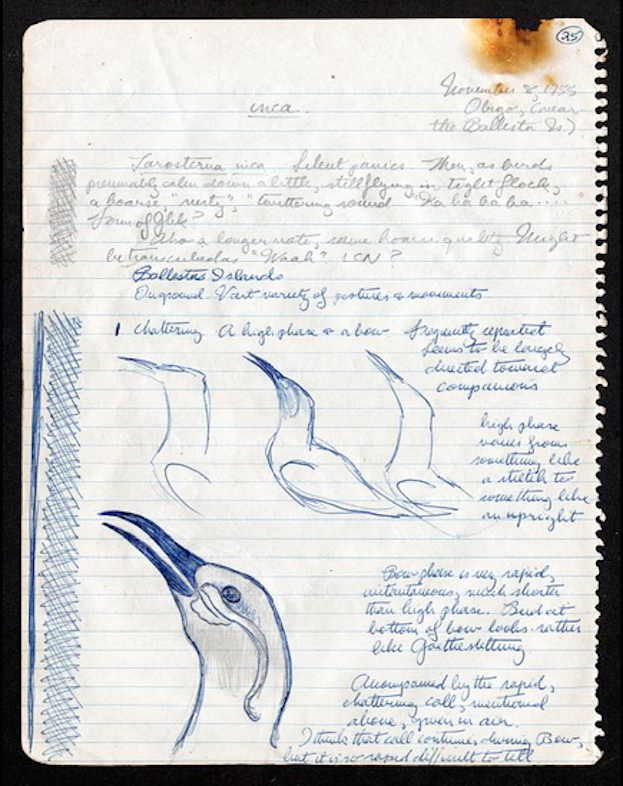History 2.0: Civil War Journals & Historic Letters Go Digital

Armchair historians with a knack for reading scratchy handwriting can now help the Smithsonian Institution with a giant effort to preserve thousands of historical letters and journals online.
The newly launched Transcription Center invites the public to read and digitally transcribe documents ranging from Civil War journals to notes on bumblebee specimens to letters from famous artists, such as Mary Cassatt and Grandma Moses.
"We are thrilled to invite the public to be our partners in the creation of knowledge to help open our resources for professional and casual researchers to make new discoveries," Smithsonian Secretary G. Wayne Clough said in a statement. "For years, the vast resources of the Smithsonian were powered by the pen; they can now be powered by the pixel." [A Great American Conservationist: Remembering Teddy Roosevelt]
Once the documents are transcribed online, anyone with a historical penchant or research goal will be able to access them on the Smithsonian's website.
The Smithsonian has thousands of handwritten texts that cannot be decoded by computers. Only careful transcription by human volunteers can make these notes readable and searchable online, experts said.
This past year, the Smithsonian demonstrated the power of such crowdsourcing, when nearly 1,000 volunteers helped the Transcription Center tackle more than 13,000 pages of transcription. Among the historical documents that were digitized were field reports written by one of the Monuments Men who rescued artwork during World War II. Once a document is transcribed and uploaded online, another volunteer reviews the words and a Smithsonian expert certifies it.
Another project from this beta-test phase included the digitization of notes on almost 45,000 bumblebee specimens. Each note had information about the bees and the date and location of their collection, according to Smithsonian representatives. Researchers interested in studying the rapid decline of bees over the past few decades can access this information online, which may help them understand the bees' population history and decline.
Get the world’s most fascinating discoveries delivered straight to your inbox.
Within two weeks, volunteers had also typed up the 121-page diary of Earl Shaffer, the first documented man to walk the Appalachian Trail. Hikers, naturalists and researchers can now read the journal online without handling its delicate pages.
Volunteers interested in joining the Transcription Center project can register online and browse a range of texts on art, history, culture and science.
Follow Laura Geggel on Twitter @LauraGeggel and Google+. Follow Live Science @livescience, Facebook & Google+. Original article on Live Science.

Laura is the managing editor at Live Science. She also runs the archaeology section and the Life's Little Mysteries series. Her work has appeared in The New York Times, Scholastic, Popular Science and Spectrum, a site on autism research. She has won multiple awards from the Society of Professional Journalists and the Washington Newspaper Publishers Association for her reporting at a weekly newspaper near Seattle. Laura holds a bachelor's degree in English literature and psychology from Washington University in St. Louis and a master's degree in science writing from NYU.


